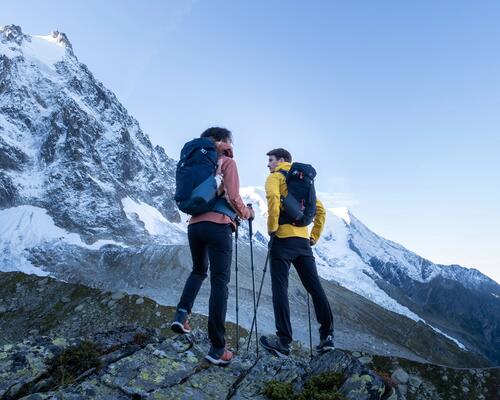Which water pouch to choose: the essential technical characteristics
Before buying your water bladder, you need to be aware of certain criteria that will enable you to benefit from your accessory.
Ease of use
The main purpose of a water bladder is to provide you with water whenever you want while walking or running, so it needs to be easy to use. So, make sure you choose a model that can be filled quickly and easily, with a solid, watertight opening and closing system.
A good flow of water
The water bladder must be able to meet your fluid requirements, which are between 1 and 1.5 litres of water per day for an adult. However, these needs increase considerably depending on the physical activity you engage in, as well as the weather conditions (heat, dry weather, etc.).
To be able to use your water bladder correctly and optimally, the tube and pipette must ensure that the water flows smoothly.
Durability and watertightness
Watertightness is one of the essential qualities of a water bladder. As such, it should be made with a fabric that is both robust and supple at the same time.
It's essential that your accessory doesn't allow water to seep out and risk damaging the contents of your bag.
And the more waterproof and robust your water bladder, the longer and more regularly you'll be able to use it.










